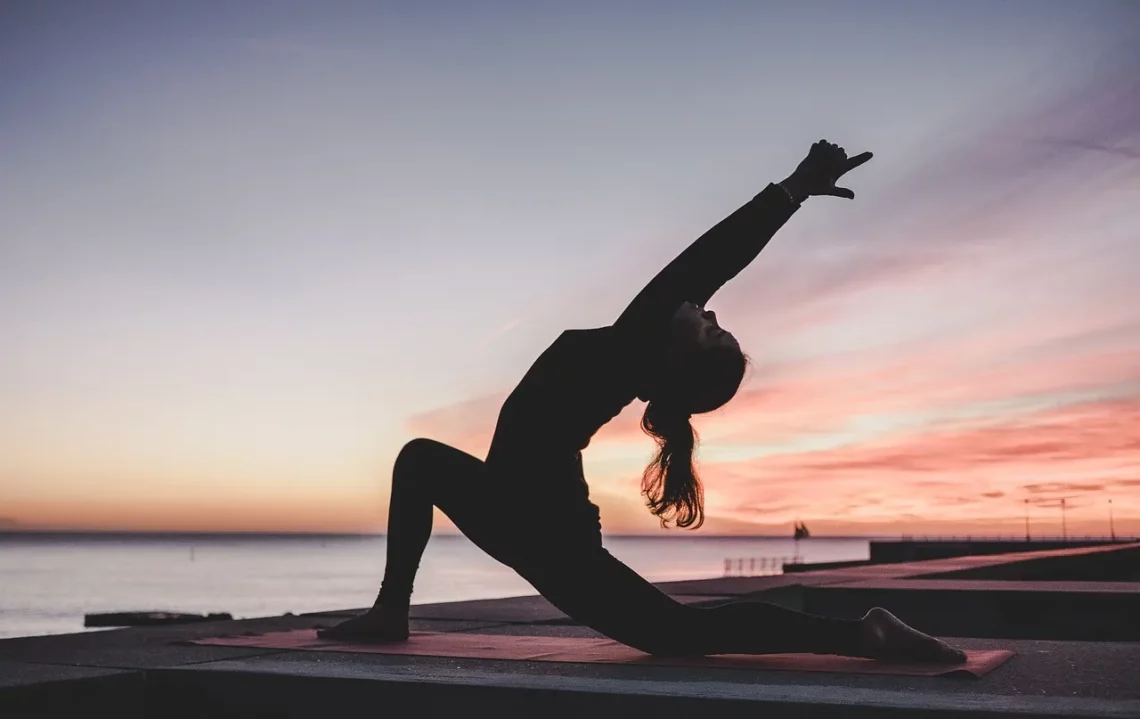
Effective Workout Routines for Staying Fit with Crutches
Staying fit can be a challenge, especially for those who rely on crutches for mobility due to injury or disability. However, maintaining an active lifestyle is not only possible but essential for physical and mental well-being. Adapting workout routines to accommodate the use of crutches can open up a world of fitness opportunities that promote strength, flexibility, and endurance.
Exercise is a critical component of recovery and health, providing numerous benefits, such as improved cardiovascular health, enhanced muscle tone, and increased mobility. While traditional workouts may not be feasible, there are plenty of tailored exercises that can be performed safely while using crutches. Understanding how to modify exercises and incorporate strength training and aerobic activities can lead to a fulfilling fitness journey.
Through creativity and determination, individuals can find ways to exercise effectively, even with limitations. This article explores various workout routines that can be beneficial for those using crutches, focusing on exercises that enhance strength, flexibility, and overall fitness without compromising safety.
Strength Training Exercises for Upper Body
When using crutches, it’s essential to focus on upper body strength, as this part of the body plays a crucial role in mobility and balance. Strength training exercises can help build the muscles around the shoulders, arms, and back, which can enhance the ability to maneuver with crutches effectively.
One effective exercise to incorporate is the seated dumbbell press. Using a sturdy chair, sit upright with a dumbbell in each hand. Start with your arms at shoulder height, palms facing forward. Press the weights overhead until your arms are fully extended, then lower them back to the starting position. This exercise targets the shoulders and triceps, which are vital for crutch mobility. Aim for 10 to 15 repetitions and two to three sets, depending on your comfort level.
Another beneficial exercise is the seated row. For this, you can use resistance bands or a cable machine if available. Sit in a chair with your feet firmly planted on the ground. Hold the resistance band or cable with both hands, arms extended in front of you. Pull the band towards your chest while squeezing your shoulder blades together, then return to the starting position. This movement strengthens the back and biceps, aiding in overall upper body stability.
Additionally, incorporating push-ups can be highly effective. If traditional push-ups are too challenging, try wall push-ups. Stand facing a wall, arms extended and hands placed shoulder-width apart. Lower your body towards the wall by bending your elbows, then push back to the starting position. This exercise strengthens the chest, shoulders, and triceps, essential for using crutches effectively.
Lastly, don’t forget about core exercises. A strong core provides stability and balance, which are crucial for those using crutches. Perform seated torso twists to engage your abdominal muscles. Sit upright in a chair, place your hands behind your head, and twist your torso to the right, then to the left. Aim for 10 to 15 repetitions on each side.
Flexibility and Stretching Routines
Flexibility is an often-overlooked aspect of fitness, yet it plays a vital role in overall mobility and injury prevention. For individuals using crutches, developing flexibility can enhance range of motion and reduce muscle stiffness. A well-rounded stretching routine can be performed while seated or standing with the support of crutches.
Start with shoulder stretches. While seated, extend your right arm across your body and gently pull it closer with your left hand. Hold for 15 to 30 seconds and then switch sides. This stretch helps improve shoulder flexibility, which is essential for crutch mobility.
Next, focus on the neck. Gently tilt your head to one side, bringing your ear towards your shoulder. Hold for 15 to 30 seconds, feeling the stretch along the side of your neck. Repeat on the other side. This simple stretch can alleviate tension and improve neck mobility.
For the lower body, consider seated hamstring stretches. While sitting, extend one leg straight out while keeping the other foot flat on the ground. Reach towards your toes, feeling the stretch along the back of your leg. Hold for 15 to 30 seconds and switch sides. This stretch not only enhances flexibility but also helps in maintaining proper posture while using crutches.
Another effective stretch is the seated figure four stretch, which targets the hips and glutes. Sit upright and cross one ankle over the opposite knee, creating a “figure four” shape. Gently press down on the raised knee to feel a stretch in the hip. Hold for 15 to 30 seconds, then switch sides. This stretch can alleviate tightness in the hips, promoting better movement.
Finally, incorporate wrist and hand stretches to counteract the strain from using crutches. Extend one arm in front of you, palm facing up, and use the opposite hand to gently pull back on the fingers. Hold for 15 to 30 seconds, then switch hands. This stretch helps maintain wrist flexibility and strength, which is crucial for crutch use.
Aerobic Activities for Cardio Fitness
Cardiovascular fitness is essential for overall health and can be maintained even when using crutches. Engaging in aerobic activities helps improve heart health, boost mood, and increase endurance. There are several ways to incorporate cardio workouts while accommodating mobility restrictions.
One effective option is chair aerobics. These workouts can include various movements performed while seated, such as marching in place, arm circles, and seated jacks. You can follow along with online videos or create your routines. Aim for at least 20 to 30 minutes of continuous movement to elevate your heart rate and promote cardiovascular health.
If you have access to a stationary bike, this can be an excellent way to get a cardio workout. Adjust the seat height and resistance to ensure comfort while pedaling. Riding a stationary bike engages the lower body while allowing you to maintain stability and balance. Aim for a moderate intensity for 20 to 30 minutes.
Another option is to engage in water aerobics if you have access to a pool. Water provides natural resistance and support, making it an excellent environment for low-impact aerobic workouts. You can perform water walking, leg lifts, and arm movements while in the pool, enhancing cardiovascular fitness without putting undue strain on the body.
Additionally, consider using a hand cycle, which allows you to pedal with your arms while seated. This equipment can provide an excellent cardiovascular workout, improving overall endurance and strength in the upper body.
Lastly, don’t underestimate the power of simply moving around your home. Incorporate more daily activities that require you to use your crutches, such as standing up to reach for items, moving from room to room, or even practicing balance exercises. Every bit of movement counts towards maintaining cardiovascular health.
Mindfulness and Motivation in Fitness
While physical exercises are paramount, mental health and motivation are equally important components of a fitness routine. Using crutches can sometimes be discouraging, but maintaining a positive mindset can make a significant difference in your fitness journey.
Start by setting realistic goals. Understand your current limitations and aim for achievable milestones. Whether it’s increasing the number of repetitions in strength training or holding a stretch for a longer duration, celebrating small victories can boost your motivation and self-esteem.
Incorporate mindfulness practices into your routine. Techniques such as deep breathing, meditation, or even gentle yoga can enhance your mental clarity and emotional well-being. These practices can be performed while seated, making them accessible even when using crutches. Taking a few moments each day to focus on your breath or engage in meditation can help alleviate stress and improve your overall outlook.
Additionally, consider finding a workout buddy or joining a supportive community. Sharing your fitness goals with others can provide encouragement and accountability. Whether it’s a friend who understands your journey or an online group focused on fitness with disabilities, connecting with others can foster motivation and friendship.
Lastly, remember to be kind to yourself. Acknowledge that fitness is a journey, and there may be ups and downs along the way. Embrace the process and focus on what you can achieve, rather than what you cannot. By cultivating a positive mindset and staying committed to your goals, you can maintain a fulfilling and effective workout routine, even with crutches.
This article provides information on fitness routines for individuals using crutches. However, it is essential to consult with a healthcare professional before beginning any new exercise program, especially if you have existing health issues or concerns. Always prioritize safety and remember that individual circumstances may vary.




